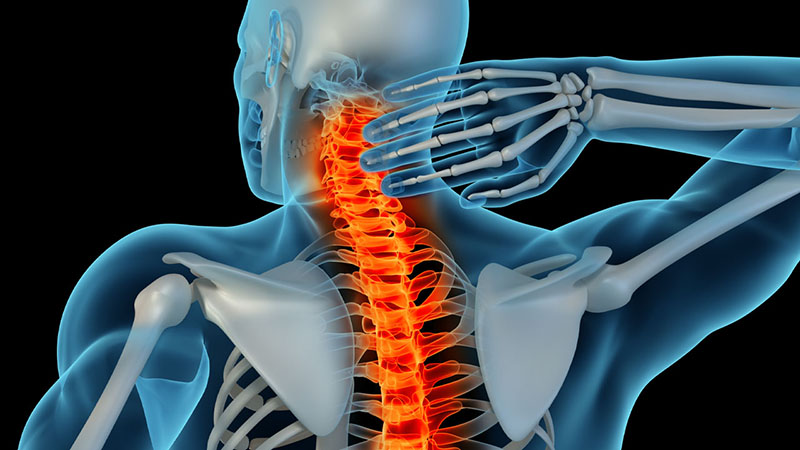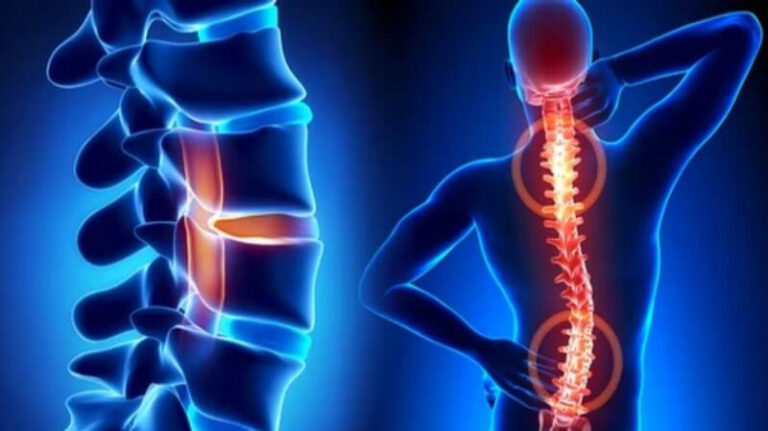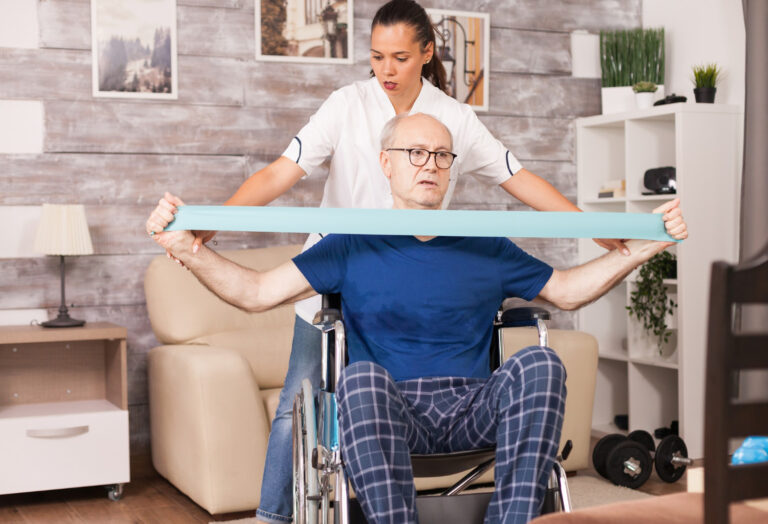Table of Contents
- Anatomy of the Spinal Cord
- Causes of Spinal Cord Injuries
- Symptoms of Spinal Cord Injuries
- Immediate Actions for Suspected Spinal Cord Injuries
- Diagnostic Tools
- Prevention Tips
- Long-Term Outlook
- Conclusion
A spinal cord injury (SCI) is a severe physical trauma that damages the spinal cord, often resulting in significant and lasting impacts on daily life. This article will delve into the anatomy of the spinal cord, causes and symptoms of spinal cord injuries, immediate actions to take if an injury is suspected, and prevention tips. Understanding SCIs is crucial for awareness and preparedness, especially for those in caregiving roles.
Anatomy of the Spinal Cord
The spinal cord is a crucial bundle of nerves and tissue protected by the vertebrae, the bones forming the spine. Extending from the base of the brain down the back and ending near the buttocks, the spinal cord is responsible for transmitting messages between the brain and the body. This communication enables us to perceive pain and move our limbs.
Causes of Spinal Cord Injuries
Spinal cord injuries often result from unexpected accidents or violent incidents. Common causes include:
- Violent Attacks: Stabbings or gunshots can cause severe damage.
- Diving Accidents: Hitting the bottom when diving into shallow water.
- Car Accidents: Trauma to the face, head, neck, back, or chest areas.
- Falls: Falling from significant heights.
- Sports Injuries: Head or spinal injuries during athletic activities.
- Electrical Accidents: Severe electrical shocks.
- Twisting Injuries: Extreme twisting of the torso.
Symptoms of Spinal Cord Injuries
Recognizing the symptoms of an SCI is vital for prompt medical intervention. Symptoms can vary but often include:
- Difficulty walking
- Loss of bladder or bowel control
- Inability to move arms or legs
- Numbness or tingling in extremities
- Unconsciousness
- Severe headache
- Pain, pressure, or stiffness in the back or neck
- Signs of shock
- Abnormal positioning of the head
Learn More: Short-Term Rehab: A Path to Quick Recovery for Seniors
Immediate Actions for Suspected Spinal Cord Injuries
If you suspect a spinal cord injury, immediate action is critical:
- Call 911: Prompt medical attention is essential.
- Do Not Move the Person: Avoid repositioning or disturbing the injured person.
- Encourage Stillness: Advise the person to remain as still as possible.
- Perform CPR If Necessary: If the person isn’t breathing, perform CPR without tilting the head back. Instead, move the jaw forward.
Upon arrival at the hospital, medical professionals will conduct a physical and neurological examination to identify the injury’s location and severity.
Diagnostic Tools
Doctors may use various diagnostic tools to assess spinal cord injuries, including:
- CT Scans
- MRIs
- X-rays of the Spine
- Evoked Potential Testing: Measures the speed of nerve signal transmission to the brain.
Prevention Tips
While some spinal cord injuries are unavoidable, certain measures can reduce risk:
- Wear Seatbelts: Always buckle up in a car.
- Use Protective Gear: Wear appropriate safety equipment during sports.
- Check Water Depth: Ensure water is deep enough and clear of obstacles before diving.
Learn More: 7 Essential Skin Care Tips from Board-Certified Dermatologists
Long-Term Outlook
Life after a spinal cord injury can be challenging but fulfilling with the right support and resources. Many individuals will need assistive devices like walkers or wheelchairs. Some may experience paralysis from the neck down. Daily living activities may require assistance, and complications like pressure sores and urinary tract infections are common. Intense rehabilitation is often necessary to adapt and improve quality of life.
Conclusion
Spinal cord injuries are life-altering events that require immediate medical attention and long-term care. By understanding the causes, symptoms, and preventative measures, we can be better prepared to support those affected by SCIs. At From The Heart Home Care, we are dedicated to providing compassionate and comprehensive care for individuals with spinal cord injuries, helping them lead fulfilling lives despite their challenges.




